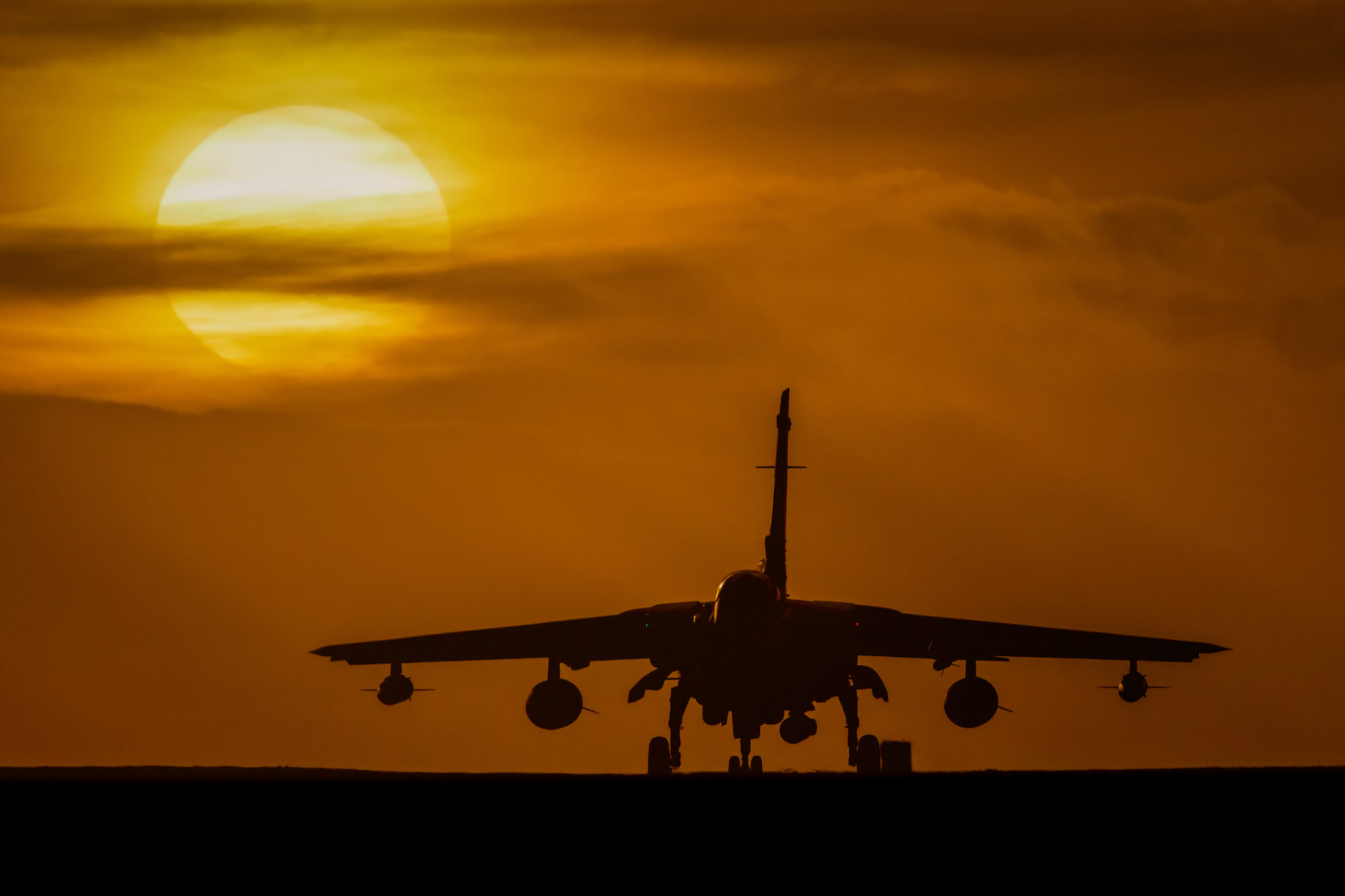
CLEMENT CHARPENTREAU
The new German coalition government is reportedly considering the Lockheed Martin F-35A as a possible replacement for the nuclear-capable Panavia Tornado.
The Panavia Tornado strike aircraft, which entered service in the 1970s, is the designated aircraft of the Luftwaffe to carry the 20 US-made B61 nuclear bombs stockpiled in Germany as part of NATO nuclear sharing. However, since 2017, the German Air Force has been looking for an apt successor for the aging Tornado, which is now even too old to participate in NATO missions.
The Eurofighter Typhoon was initially considered but, according to the United States, its certification would have required from three to five years. That schedule would be untimely, as the German Tornados are set to retire by 2025, 2030 at the latest.
The Lockheed Martin F-35A was also ruled out as its acquisition could have made the Future Air Combat System (FCAS), which Germany agreed to jointly develop with France and Spain, redundant.
In April 2020, Germany settled for 30 F/A-18 Super Hornets, which have the capacity to carry B61 bombs. Additionally, 15 of the variant for electronic warfare, the EA-18G Growler, would also be ordered, as well as 90 Eurofighter Typhoons to renew the fighter fleet.
In November 2020, the Eurofighter order was confirmed. But the Super Hornet procurement was postponed until after the German federal election of October 2021, as the stockpiling of nuclear weapons in the country was a source of debate during the campaign.
In November 2021, the newly-formed German coalition renewed the country's commitment to be part of NATO’s nuclear deterrence capabilities. But in the meantime, the F/A-18F had be removed from the National Nuclear Security Administration from the list of aircraft to be certified to carry the B-61 nuclear bomb.
Questioned by the Federation of American Scientists over the change, the US Department of Defense simply answered that “there is not a requirement for the F/A-18F to be certified to carry the B61-12".
Consequently, the F-35A appears to be up for consideration once again. Following a discussion between Chancellor Olaf Scholz and Federal Defense Minister Christine Lambrecht on the replacement of the Tornado, several proofs of concept were launched.
The studies should “clarify whether the purchase of more modern F-35 planes is likely to be an alternative and whether the Eurofighter can be considered to resume the electronic warfare missions of the Tornado,” the German Press Agency (dpa) reported.
In 2019, Airbus unveiled the ECR SEAD (for Electronic Combat Role - Suppression of Enemy Air Defences) version of the Eurofighter Typhoon. Thanks to several dedicated pods, the fighter can take on an electronic warfare role.
The nuclear certification for the F-35A is underway. In October 2021, the United States Air Force completed a first weapon system demonstration by dropping B61-12 Joint Test Assemblies (JTAs) from two F-35A jets.
France and Spain have begrudged Germany for withdrawing from several European programs (1, 2) in favor of a US solution over the past few months. However, as the contracts structuring the FCAS program were signed in September 2021, the acquisition of the F-35A should not threaten the development of the European fighter as much as it would have in 2020.

Germany reconsiders the F-35 to replace the Tornado - AeroTime
The new German coalition government is reportedly considering the Lockheed Martin F-35A as a possible replacement for the nuclear-capable Panavia Tornado. The Panavia Tornado strike aircraft, which entered service in the 1970s, is the designated aircraft of the Luftwaffe to carry the 20 US-made...
 www.aerotime.aero
www.aerotime.aero





